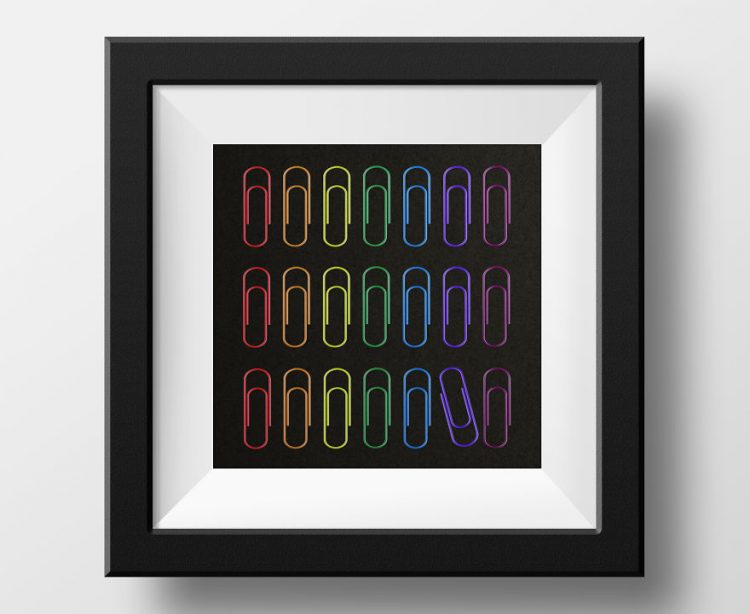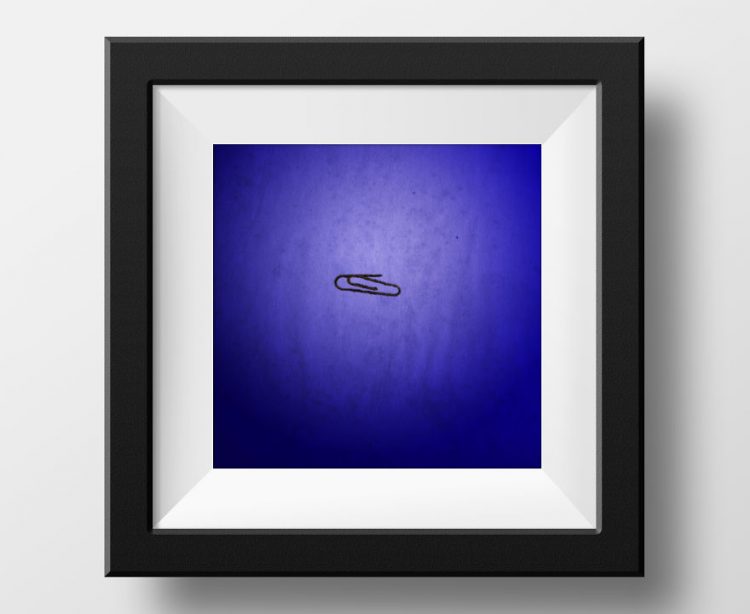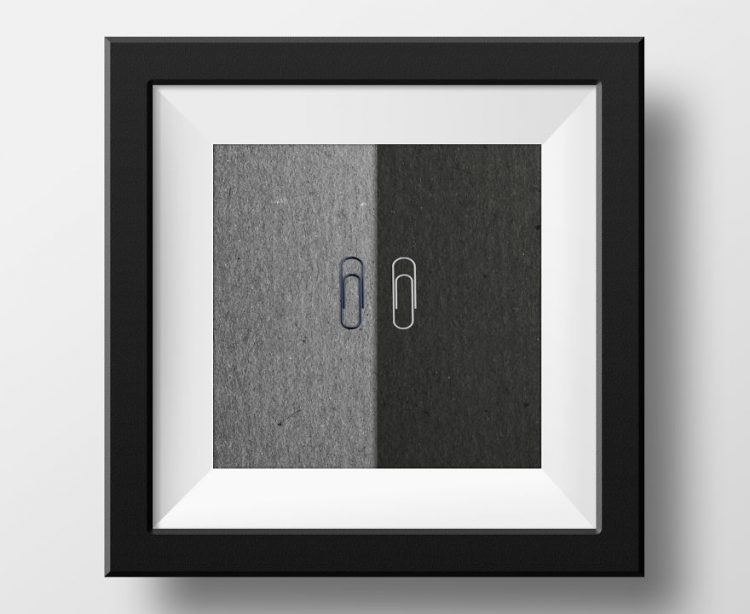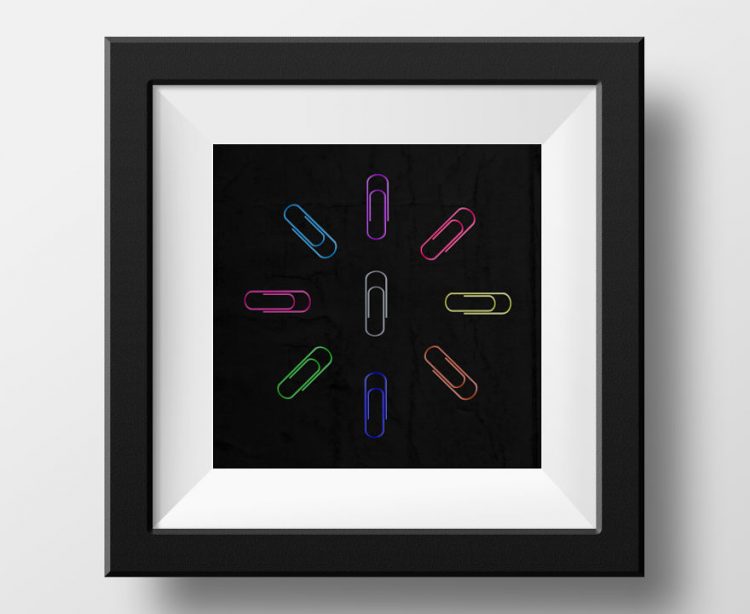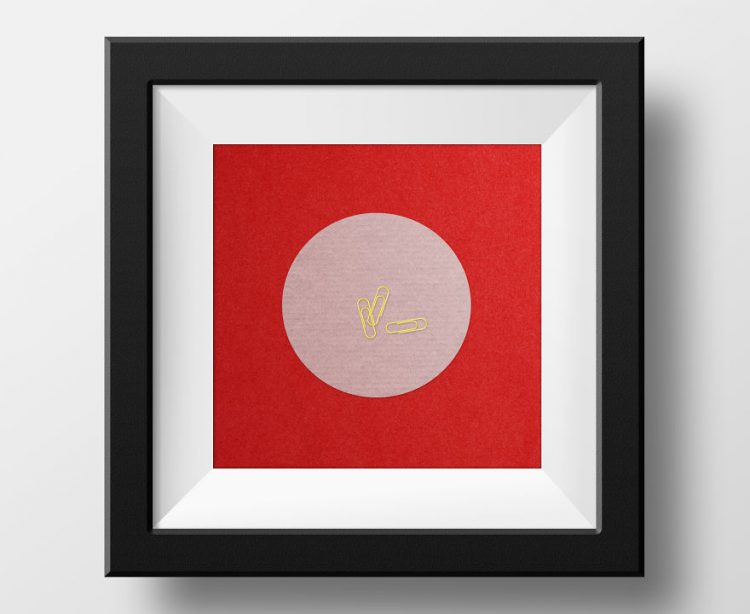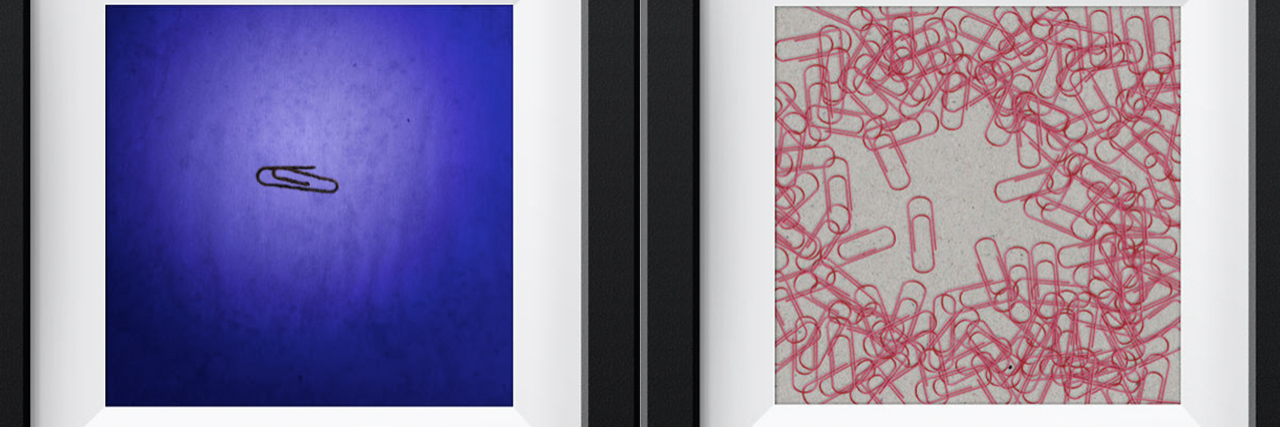While most people in the mental health community are familiar with the symbolism of the semicolon, Eisen Bernardo, an artist based in Hanoi, Vietnam, has chosen another symbol to spread a positive message — a paper clip.
A semicolon, popularized by the late Amy Bleuel, is a reminder for those struggling with self-harm or suicidal thoughts to continue living their story, like a semicolon continues a sentence. For Bernardo, the paperclip is a reminder to keep things together.
“A paper clip is a very simple innovation. It is just a twisted metal but it can keep things together (not permanently though, but still). I even had a paper clip tattoo to remind myself every day that, I should keep things together,” Bernardo told The Mighty. “For me, it symbolizes life more because it has a starting point and an end point. There is also direction of movement that can depict how people live their lives.”
While Bernardo says he is not a professional artist, he’s been creating online art projects since 2008. (He has a popular Instagram account which features collages of classical paintings and album covers.) His latest project uses paper clips to depict different mental disorders.
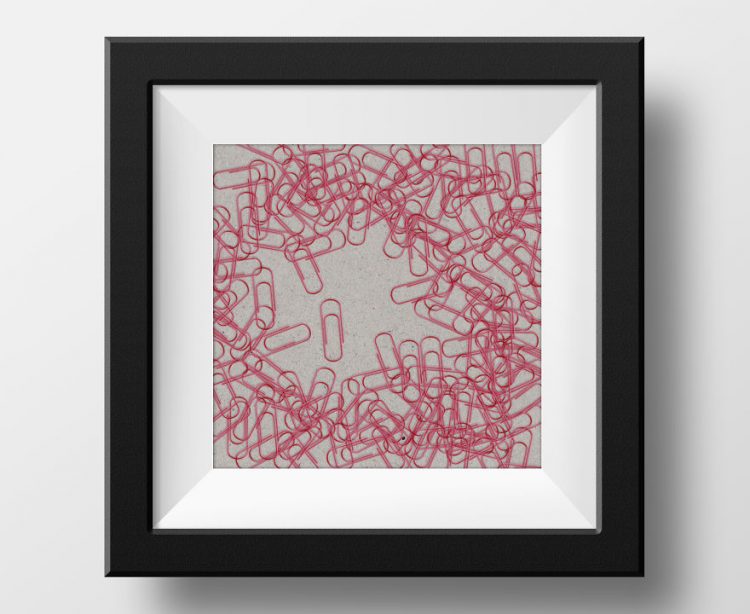
Although Bernardo says he was never clinically diagnosed with depression, he experienced what he called a “major existential crisis” when a close friend passed away in 2013. While he said he has supportive friends, some didn’t understand what he was going through.
“There was an emptiness I couldn’t address, a void I couldn’t fill. I’m so lucky because I have really good friends. During that time, they were just there to listen all the time. But there are some people who told me, ‘What is [your] problem?’ They did not get the idea of the ‘void,’” he said.
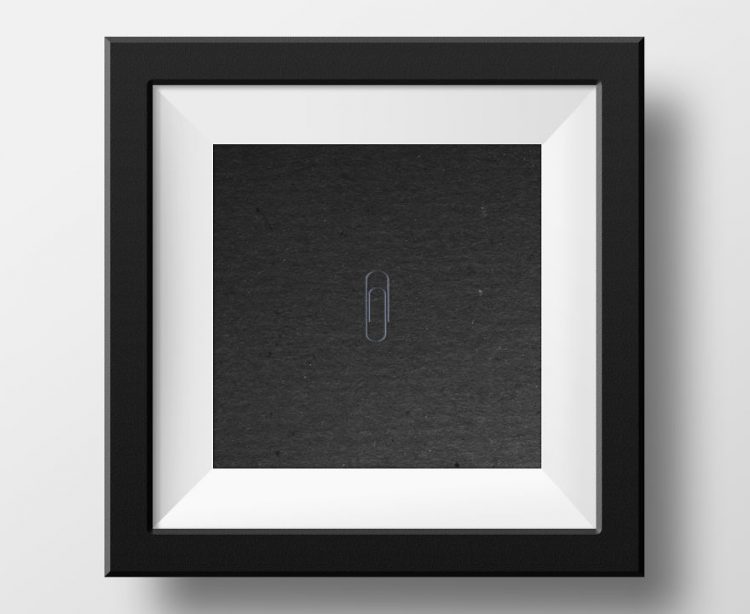
He said he wanted to create a project about mental health because it’s a pressing issue — especially in the Philippines, where he’s from. When young people struggle with their mental health, others assume they’re just making excuses. He hopes his art helps start a conversation.
“A lot of people liked [my work], telling me they can relate with the images,” he said. “But there are so many haters too, telling me I did not capture the true situations of people suffering from these conditions. But that is the point of art. To stimulate people to discuss certain issues. More dialogues lead to more understanding of these problems.”
You can see the rest of Bernardo’s work below:
